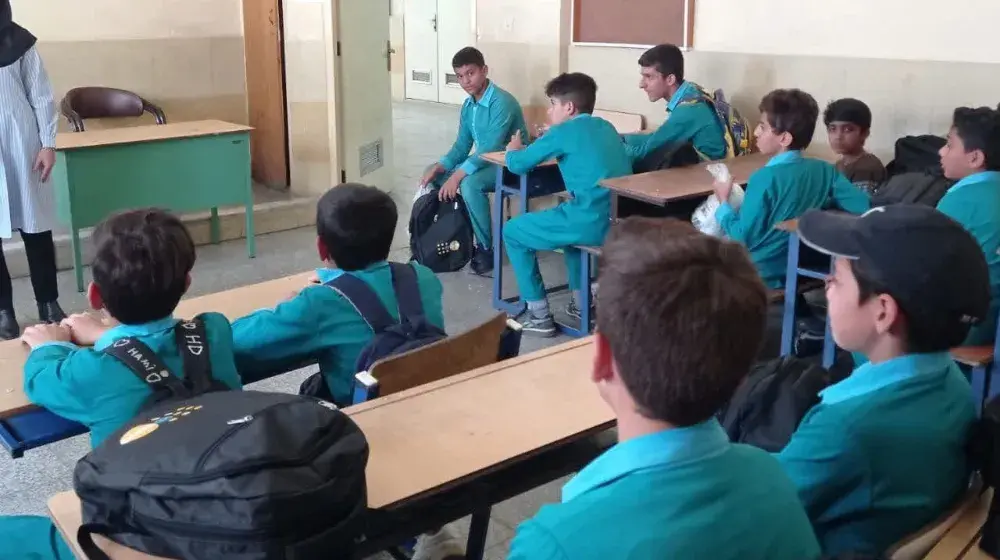
A meeting on the results of a survey on childbearing behavior among youth was held in the Statistical Center of Iran (SCI) with presence of representatives from the Statistical Research and Training Center (SRTC), the Ministry of Health and Medical Education (MOHME), UNFPA and other relevant and interested organizations such as the Ministry of Culture and Islamic Guidance and the Research Center of the Parliament.
Over the past three decades and along with demographic changes all over the world, Islamic Republic of Iran has experienced a reduction in fertility rate. This together with the new population policies addressed by the Supreme Leader a year ago has urged authorities to revisit the previous policies and to develop a new and more realistic approach to increase the fertility rate to the replacement level.
As a result, SRTC and SCI in collaboration with MOHME and with the support of UNFPA conducted a study on childbearing behavior of youth at the verge of marriage and married women between the age of 15 to 49 to gain concrete, reliable and more accurate data on the desired number of children for the Iranian youth and the underlying social, economic and cultural factors influencing their behavior.
In the meeting, Dr. Rezaei Ghahroudi, the Head of SRTC, expressed appreciation towards all those who made the project happen through their cooperation and added: “Finally with precise information and data at hand we will be able to do meticulous planning to realize goals in line with the Supreme Leader’s edicts.”
Ms. Ahmadzadeh, UNFPA’s Assistant Representative, also emphasized on UNFPA’s continuous support for such valuable studies in Iran. Regarding UNFPA’s understanding of the results of the study she said: “With a closer look at youth’s approach towards child bearing one finds that a majority of youth see great value in having children and in becoming parents and this is quite an important outcome of the study. However, economic barriers, high costs of living and concerns about the future seem to keep youth away from realization of their desires.”
The meeting continued with presentations by Dr. Kazemipour, Sociologist, and Dr. Eini, Demographists, on separate descriptive and analytic results of the study. Based on the findings of the study, having a child, although highly desirable, deeply concerns Iranian youth from an economic aspect and therefore correct management of the situation is required. It is interesting to know that, despite public assumption, people with better economic status have less desire for having children.
On the results of the study, Mr. Zahedian, the Deputy for Census and Statistical Surveys in SCI, concluded: “Focusing on solving problems regarding youth marriage seems to be a good approach to tackle the issue of low fertility rate in the Islamic Republic of Iran.”



